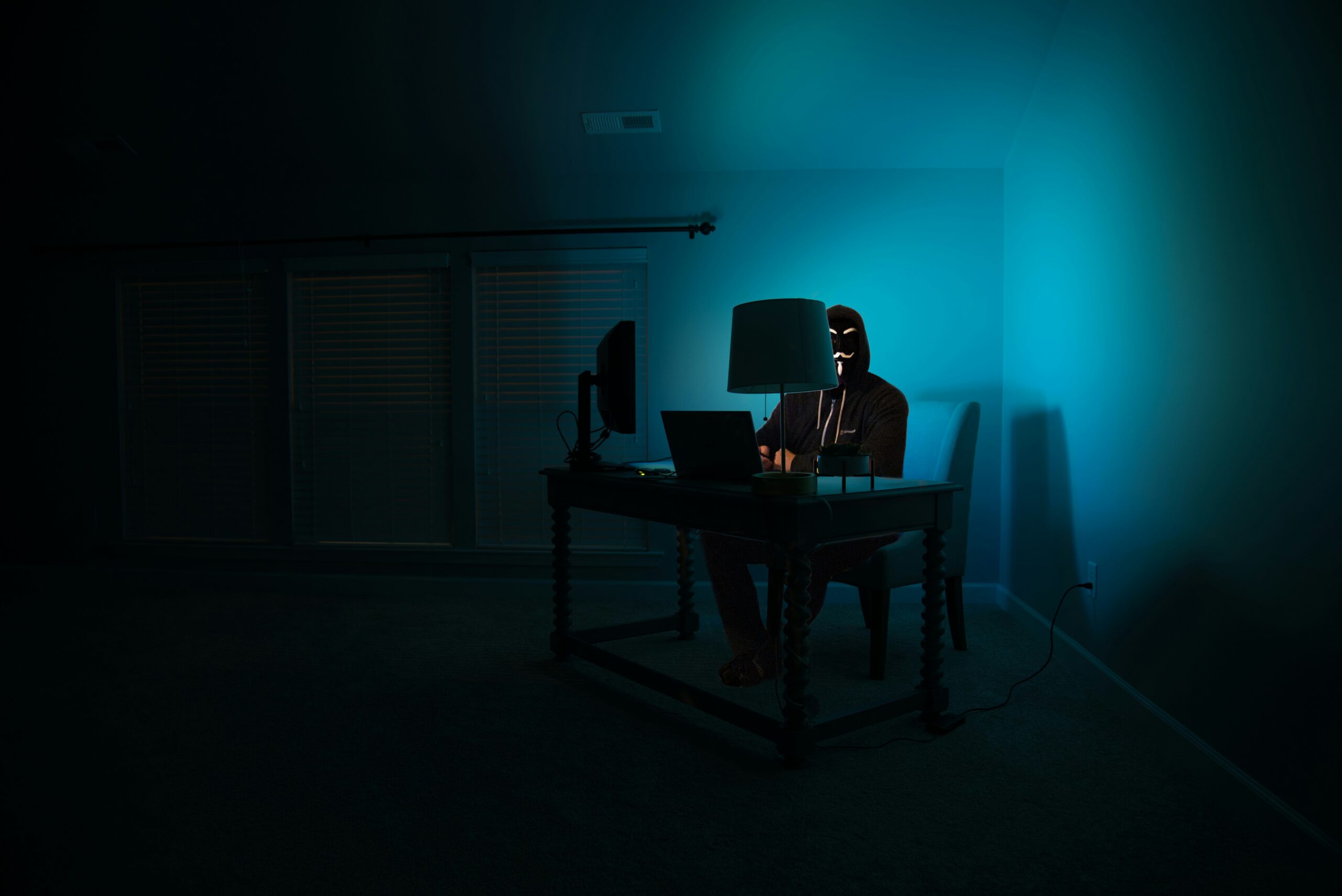Recent claims of conciliatory Cuban-American relations have dominated the news and the illusions of those with personal or commercial hopes for the island. This new dialogue has led families harmed and impoverished by the looting and nationalization of property after the Cuban Revolution of 1959 to seek legal advice concerning the restitution of their stolen treasures.
There is strong precedent for this. It happened in “Eastern Europe and in the Soviet Union during the communist Era,” and “at the hands of the Nazis before and during World War II.” The Nazi regime saw the biggest confiscation of art in human history, involving “one-fifth of all of Western art then in existence.” Cuba’s was not as severe, and it did not have the same destructive undertones, but the assets (including “land, homes, businesses,” and private collections of art) expropriated without compensation during the early years of the Cuban Revolution are estimated at more than $50 billion.
The question is, how did this happen and is it possible to fix? Uncertainty surrounds the Cuban political climate and even under the best possible outcome it may be a while for the legal structure of the island to be able to handle these claims, and much longer for there to be willingness to right their wrongs. It took nearly half a century for post-Nazi and Soviet European nations to understand the difficulty behind restitution and to willingly commence it. Some nations still stand behind their claims of independent sovereignty and there is little to be done for the illegal activities they perpetuated on their citizens.
Cuban-American Relations
The United States and Cuba have always had an interesting bond. Analysis of the dynamic between the two nations has led even queer theorists to envision Cuba as “[p]laying a role in the U.S. imaginary as a sort of trophy mistress … the near colony and certain feminine complement the United States relied on….[The liaison] evidenced U.S. supreme dominance in the Caribbean.”
The Platt Amendment of 1903 allowed for U.S. intervention in Cuban affairs and in 1926 U.S. companies owned 60% of the Cuban sugar industry. The Batista years brought cooperation and an influx of American corporations and wealth, alongside alleged corruption and the Revolution of 1959 led by Castro.
Following the Revolution, the Cuban government began seizing U.S. properties and businesses. Within a year Castro had seized between $1.5 and $2 billion of American assets in the island. This breach led to severe contention between the two nations and the establishment of sanctions towards the island which have escalated ever since, with mild, wavering signs from Washington to end the embargo during and after the Clinton presidency.
In May of 2015 Cuba was officially removed from the States Sponsors of Terrorism list and most recently the U.S. announced new rules to “further ease trade, travel and investment restrictions with Cuba,” all part of President Obama’s plan to rehabilitate the mutually beneficial relationship.
Nationalization in Revolutionary Cuba
In the 1960s, “specialized Cuban government teams sealed the homes of wealthy exiles and took away paintings, antiques and jewelry…. One wealthy family … lost an art collection valued at up to $60 million…. [Including] more than a dozen works by Spanish impressionist Joaquin Sorolla and a Michelangelo pencil drawing…. The Cuban government says it now owns works like that because they were abandoned.”
Some of the possessions were kept in Cuban museums such as el Museo de Bellas Artes, in Havana, Cuba. Others were auctioned, disbursed to corrupt officials, and later smuggled to Europe when money was tight, especially during el periodo especial, after the fall of the Soviet Union, when these sales were an easy way to accumulate capital. “Some are still piled up in warehouses in Havana.” During this period, paintings began to disappear from Cuban museums and to make their way to auction houses and scatter around the world, damning the prospects of restitution.
Art Restitution
Art restitution is difficult not only because the perpetrators are sometimes unwilling to give the property back. While this does play a big role, many countries that have been subject to looting and have experienced regime change “have focused on passing new laws and issued directives for state run museums on the identification and return of art works stolen during the Nazi era.”
Most of the issues stem from locating the art that was confiscated. Even when governments are willing to find and return these works it is a daunting feat. What inhibits restitution is the physicality of art, its easy transport and mobility, as well as its aesthetic desirability and its investment potential.
What makes Cuban restitution that much more difficult is the exilic recourse many Cubans were forced to take after the entry of Castro and in subsequent generations.
‘There is a very difficult situation with Cuban art, because many families left their valuables with other family members, thinking the revolution was going to last only a few months,’ said Ramon Cernuda, a Miami gallery owner who specializes in Cuban art. ‘Then at some point, some of these people got rid of things. It is a very complicated process — not as simple as the World War II confiscated material, because it is not as clear-cut.’
There was a plan for Nazi looted art, much of it was “destined to fill the Führermuseum that Hitler was planning to build in Linz, Austria.” There was an order to the madness, a directive; the Cuban plunder knew no allegiance, Cuban poverty and salient corruption has excommunicated art from its owner to fulfill necessities. “One of the problems faced by those seeking the return of their property is that there are few records documenting the nationalisations [sic] and the subsequent sales of works abroad.”
The difference with the Nazi confiscations is that the Nazi regime was never recognized as an official government by the U.S. and the Allies, “there is a long standing policy that all acts taken by the Nazis were revoked, nullified and disavowed by subsequent German governments.” But what happens with a recognized form of government such as a Communist regime is up in the air. Some countries that have transitioned have implemented strong restitution opportunities and others have not. Some have transitioned but not “explicitly disavowed the prior politics.” Because these acts of looting are considered “Acts of State” against Cuban citizens, the U.S. government cannot interfere.
The fight for restitution involving countries that have ceded and cooperated has not been easy, and Cuba still seems hesitant towards change. White House officials have “accused Havana of dragging its feet on such changes for fear of losing its grip on the state-run economy and Cuban society. Castro’s government, while working to improve ties, has repeatedly made clear that full normalization will require complete lifting of the embargo and the return of the U.S. naval base at Guantanamo Bay on the eastern tip of the island.”
This does not resonate compromise. Transition may take a while, and even when it does, recalcitrant Cuban officials are unlikely to remorsefully disavow their prior politics. Hope lies in a restitution commission, but uncertainty and doubt as to the future of Cuban politics plagues the expectations of art lawyers. “The current government maintains that abandoned work… have become the rightful property of Cuba. Efforts to reclaim such works are likely to be met with protracted legal battles.”
For now Cubans can start envisioning their lost property, gathering documents, imagining its potential location, and registering their claims with the Art Loss Register in hopes of ringing bells when their lost treasures rear their heads in the art market.
1. Mari-Claudia Jimenez, Restituting Looted Cuban Art, 19 Ass’n for the Study of the Cuban Econ., Cuba in Transition, 140, 140 (2009), http://www.ascecuba.org/c/wp-content/uploads/2014/09/v19-jimenez.pdf.
2. Id.
3. Id. at 142.
4. Id.
5. Id. at 140.
6. Id. Countries like Hungary, Poland, the Baltic Republics, and Russia “hinder the restitution process in many ways, ranging from biased applications of EU and local laws restricting export of ‘cultural patrimony’.” Id.
7. CYNTHIA WEBER, FAKING IT: U.S. HEGEMONY IN A “POST-PHALLIC” ERA 1 (Univ. of Minn. Press; 1st ed. 1999).
8. HUGH THOMAS, CUBA: THE PURSUIT FOR FREEDOM 336 (Harper & Row; 1st ed. 1971).
9. Matt Spetalnic, et al. Obama Chips away at Cuba embargo, discusses efforts with Raul Castro, REUTERS, (Sept. 18, 2015), http://www.reuters.com/article/2015/09/18/us-cuba-usa-trade-idUSKCN0RI1EF20150918?feedType=RSS&feedName=topNews
10. Alistair Bell, Despite détente, search for art looted in Cuba could take years, Reuters, (Jan. 7, 2015), http://www.reuters.com/article/2015/01/07/us-cuba-usa-art-idUSKBN0KG0FJ20150107
11. Supra note 1, at 143. “Jesús Rasado, the former registrar of the Museo de Bellas Artes, has said that of the 50,000 to 55,000 works of art in the museum, 60–70% were confiscated from their owners after the revolution.” Id. “The Museo de Artes Decorativas de la Habana itself is housed in a neo-classical mansion that used to belong to the Gómez-Mena family, and its collection is largely made up of the Gómez-Mena’s antique furniture, Chinese porcelains, artworks and art objects.” Id.
12. Id.
13. David D’Arcy, Cuba refuses to return seized art despite thaw in relations with US, THE ART NEWSPAPER, (Feb. 23, 2015), http://old.theartnewspaper.com/articles/Cuba-refuses-to-return-seized-art-despite-thaw-in-relations-with-US/36940
14. Supra note 1, at 143. “A painting by Jean-Léon Gérôme, ‘Entry of the Bull,’ which was part of the Museo de Bellas Artes’ collection of European paintings…. sold at Christie’s London for £330,000 in 1990.” Id.
15. Supra note 1.
16. “To this day, more than 100,000 artworks stolen by the Nazis have still not been located, and thousands more have been located, but have still not been restituted to their rightful owners.” Id.
17. See Scott Reyburn, Christie’s Has Art World’s First $1 Billion Week, NY TIMES, (May 13, 2015), http://www.nytimes.com/2015/05/14/arts/design/art-auction-sales-at-christies-top-1-billion-this-week.html?ref=topics. “Laurence D. Fink, chairman of BlackRock Inc., the world’s biggest asset-management company, who on April 21 pronounced in a conference in Singapore that contemporary art, as well as real estate in cities such as New York and London, had usurped gold, as a store of wealth.”
18. Celestine Bohlen, Reclaiming Art Caught in the Cuban Revolution; In Cases Reminiscent of Looted Nazi Art, Émigrés Trace Fate of Their Collections, NY TIMES, (June 6, 2002), http://www.nytimes.com/2002/06/06/arts/reclaiming-art-caught-cuban-revolution-cases-reminiscent-looted-nazi-art-emigres.html?pagewanted=2
19. Supra note 1.
20. Supra note 12.
21. Supra note 1, at 143.
22. Id.
23. See Supra note 1, at 144. Where “nationalizations undertaken by the Communist governments of these countries have not been explicitly rejected and nullified by the current governments of those countries and there has not been a complete regime change which would make clear that those acts have been nullified, then those official acts of state many not be questioned by the courts of other countries.”



